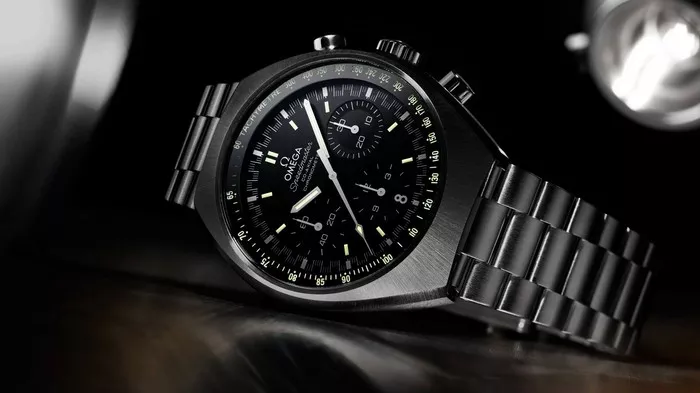Embarking on a global exploration of luxury timepieces, the question of regional pricing dynamics unfolds, beckoning enthusiasts to ponder whether Omega watches are more affordable in the Old World. This article delves into the intricate interplay of factors that influence watch pricing, examines the dynamics of the European market, and seeks to unravel the conundrum: Are Omega Watches Cheaper in Europe? As we traverse the realms of currency fluctuations, taxation, and market forces, the journey unfolds to demystify the pricing disparities that captivate the discerning eyes of watch aficionados.
Understanding Global Pricing Dynamics: The Horological Chessboard
Currency Fluctuations: The Chess Moves of Exchange Rates
The pricing of luxury watches is intricately tied to currency fluctuations, playing a game of chess on the global economic chessboard. Exchange rates between currencies can significantly impact the cost of timepieces, and the Euro, as a major currency in Europe, becomes a key player in this complex dance. As exchange rates fluctuate, the perceived affordability of Omega watches in Europe may shift in response to global economic conditions.
Import Duties and Taxes: The Taxing Realities
Another factor contributing to the pricing puzzle is the imposition of import duties and taxes. The fiscal policies of each country can vary, influencing the final retail price of luxury goods. In Europe, where multiple countries with distinct tax structures coexist, the tax component becomes a critical determinant of the overall cost of Omega watches. Understanding these tax nuances provides insights into the potential variations in pricing.
The European Market Landscape: A Tapestry of Preferences
Regional Demand and Preferences
The European market for luxury watches is diverse, encompassing countries with unique tastes and preferences. Different regions may exhibit varying levels of demand for specific Omega models, influencing the pricing strategy adopted by authorized dealers. The cultural significance attached to certain models or collections may contribute to fluctuations in prices as dealers cater to the nuanced preferences of local clientele.
Retail Overheads and Operating Costs
The cost of doing business varies from one region to another, and this is no exception in the watch industry. Operating costs, including rent, wages, and other overheads, contribute to the final retail price of Omega watches. Differences in these operational expenses across European countries can impact the overall affordability of Omega timepieces.
Navigating the Price Tags: Comparison Across Continents
Case Study: Price Comparisons
To assess whether Omega watches are indeed cheaper in Europe, it’s essential to conduct a comparative analysis. Examining specific models and their prices in both European and non-European markets provides a granular understanding of any potential disparities. The study should consider factors such as the model’s popularity, availability, and local market conditions, offering a nuanced perspective on regional pricing dynamics.
Parallel Market Considerations
Parallel markets, comprising grey market and authorized dealers, contribute to the pricing narrative. Grey market channels, offering watches outside the authorized retail network, may present lower prices but often lack the official warranty and after-sales support provided by authorized dealers. Understanding the role of parallel markets is crucial in evaluating the overall cost-effectiveness of purchasing Omega watches in Europe.
Conclusion: Deciphering the Tapestry of Luxury Watch Pricing
In conclusion, the question of whether Omega watches are cheaper in Europe unveils a multifaceted tapestry of economic, cultural, and market dynamics. Currency fluctuations, tax structures, regional preferences, and operational costs collectively shape the final price tag on luxury timepieces.
While a blanket statement about the affordability of Omega watches in Europe may be elusive, the exploration into regional pricing nuances equips enthusiasts with insights to make informed decisions. The answer to this horological riddle lies not only in numerical comparisons but also in the appreciation of the broader context—acknowledging the role of currency movements, taxes, and market intricacies in the delicate dance of luxury watch pricing.
As watch enthusiasts navigate the global marketplace for Omega timepieces, the journey becomes not just a pursuit of affordability but an exploration of the diverse factors that contribute to the pricing mosaic. The allure of Omega watches, whether savored on European soil or beyond, transcends mere price tags, inviting wearers into a world where precision, craftsmanship, and heritage intertwine—a world where the value of a timepiece extends far beyond its numerical cost.

